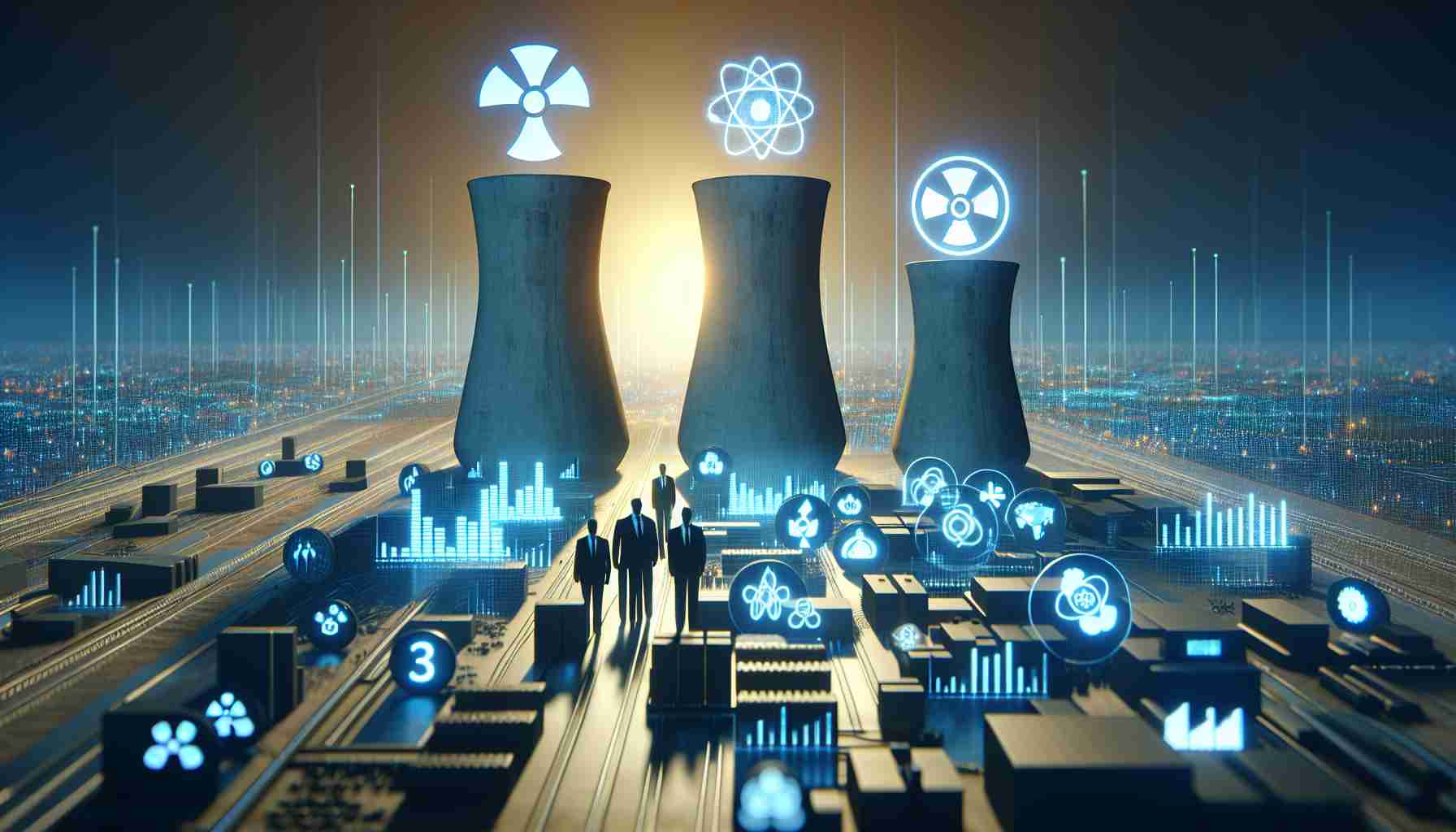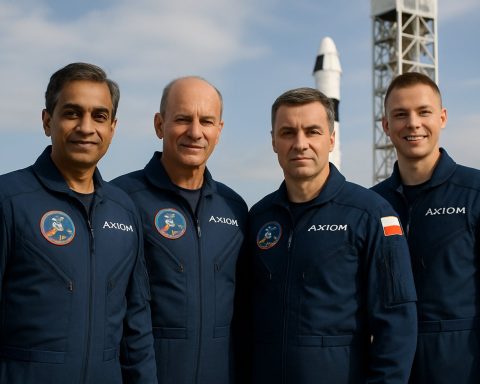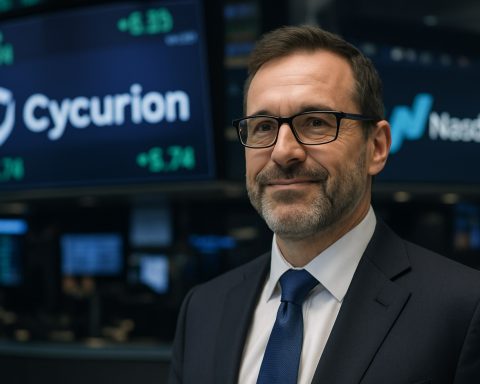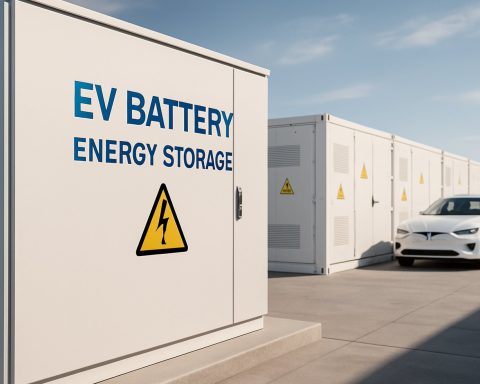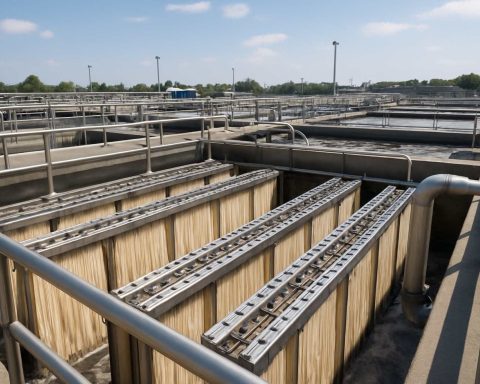The World Economic Forum Annual Meeting 2025 in Davos brought leaders together to discuss the ambitious goal of tripling global nuclear energy capacity by 2050. Panelists emphasized the essential progress made in supply chains and financing, while also acknowledging the monumental challenges ahead.
Kirsty Gogan, a key figure in the session, highlighted that over thirty nations have committed to increasing their nuclear capabilities. Achieving this would require an annual construction rate of approximately 30 gigawatts for two decades, starting in 2030. The urgency is further fueled by industrial energy consumers demanding vast amounts of clean energy for their operations.
Sweden’s Deputy Prime Minister, Ebba Busch, noted a noticeable shift in political support for nuclear energy, driven by scientific facts and the pressing need for a reliable energy source. She advocates for a return to data-driven energy policies, emphasizing that transitioning to green energy relies heavily on consistent, reliable power sources.
Wen Shugang, Chairman of China Huaneng Group, shared that nuclear’s low-carbon footprint, cutting-edge safety technologies, and diversified applications are compelling factors for its renewed interest. Meanwhile, Rafael Mariano Grossi, the IAEA Director General, acknowledged China’s potential to lead in capacity expansion while also recognizing challenges in Western nations.
As industry leaders confront financing hurdles, the path forward remains complex, requiring collaborative strategies to unlock the full potential of nuclear energy.
Energy Renaissance: The Global Shift Toward Nuclear Power
The ambitious goal of tripling global nuclear energy capacity by 2050 signifies a profound transition in our collective approach to energy. As nations grapple with climate change and the demand for reliable, low-carbon energy sources, the ramifications of this shift extend well beyond scientific and technological advancements; they echo throughout societal structures and economic paradigms.
Nuclear energy’s resurgence could catalyze significant changes in the global economy. By positioning nuclear as a primary energy source, countries can reduce reliance on fossil fuels, which may stabilize energy prices in an increasingly volatile market. This stability is crucial for industrial power consumers who require a consistent energy supply to maintain operations and production schedules. The emphasis on nuclear energy also suggests a potential shift in international trade dynamics, where countries equipped with advanced nuclear technologies may become energy exporters.
On a cultural level, the renewed interest in nuclear power may redefine narratives surrounding energy consumption. As public awareness of climate issues rises, a new generation is likely to embrace clean energy solutions, seeing the nuclear option as a viable pathway to sustainability. Educational initiatives around nuclear safety and technology will become increasingly important to demystify fears, fostering a culture of acceptance and understanding.
However, the environmental implications of ramping up nuclear energy cannot be understated. While nuclear power is low-carbon, it does present challenges, particularly in waste management and ecosystem concerns. Future trends will likely focus on innovative waste disposal solutions and advancements in reactor safety, determining how nations address these concerns while pushing the nuclear agenda forward. The long-term significance of this energy renaissance will not only be rooted in its capacity to provide clean energy but also in how societies adapt and evolve alongside these transformative energy sources.
Unlocking the Future of Energy: The Ambitious Path Toward Tripling Global Nuclear Capacity by 2050
The World Economic Forum’s Nuclear Energy Agenda
The ongoing discourse surrounding global energy transformation reached new heights at the World Economic Forum Annual Meeting 2025 in Davos. At this pivotal gathering, leaders from various sectors came together to address the ambitious goal of tripling the global nuclear energy capacity by the year 2050. This initiative, aimed at combating climate change and meeting rising energy demands, will require concerted effort and innovation.
Key Goals and Challenges
Panelists at the forum underscored the critical progress achieved in supply chains and the financing of nuclear projects, while also acknowledging the significant challenges that lie ahead. The forecast indicates a need for an annual construction rate of approximately 30 gigawatts of nuclear capacity, sustained over two decades starting from 2030. This monumental task comes in light of mounting pressures from industrial energy consumers seeking clean and reliable energy sources to power their operations.
Political and Scientific Shifts
A prominent voice at the event, Kirsty Gogan, emphasized the commitment from over thirty nations to enhance their nuclear energy capabilities. This collective movement reflects a noticeable political shift toward supporting nuclear energy, as noted by Sweden’s Deputy Prime Minister, Ebba Busch. She pointed out that the push for nuclear power is increasingly driven by scientific evidence and the urgent need for a consistent energy supply, advocating for policies grounded in data and reliability.
Innovations in Nuclear Technology
As the forum progressed, Wen Shugang, Chairman of China Huaneng Group, informed attendees about the impressive advancements in nuclear technology. He highlighted the sector’s low-carbon footprint and the implementation of state-of-the-art safety technologies, making nuclear energy a compelling alternative. Furthermore, the diverse applications of nuclear energy continue to attract interest from both public and private sectors, underscoring its versatility in energy generation.
The Role of China and Western Challenges
Rafael Mariano Grossi, Director General of the International Atomic Energy Agency (IAEA), echoed these sentiments, recognizing China’s potential leadership in nuclear capacity expansion. Nevertheless, he also pointed out that Western nations face unique challenges in ramping up their nuclear programs, particularly in the areas of regulation, public perception, and financing.
Navigating Financial Hurdles
One of the critical discussions revolved around the financial obstacles that stakeholders face in expanding nuclear capabilities. Collaborative strategies are deemed essential to unlock the full potential of nuclear energy. This includes innovative financing models, public-private partnerships, and fostering a more favorable regulatory environment to attract investments.
Conclusion
The theme of the World Economic Forum Annual Meeting 2025 resonated with urgency and ambition. As nations gear up to triple their nuclear energy capacities by 2050, the interplay between political will, scientific advancement, and financial viability holds the key to a sustainable energy future. Industry leaders are urged to come together, harnessing innovations and collaborative strategies to overcome barriers and realize the potential of nuclear power in achieving energy transition goals.
For more information on global energy policies and nuclear advancements, visit the World Economic Forum.
